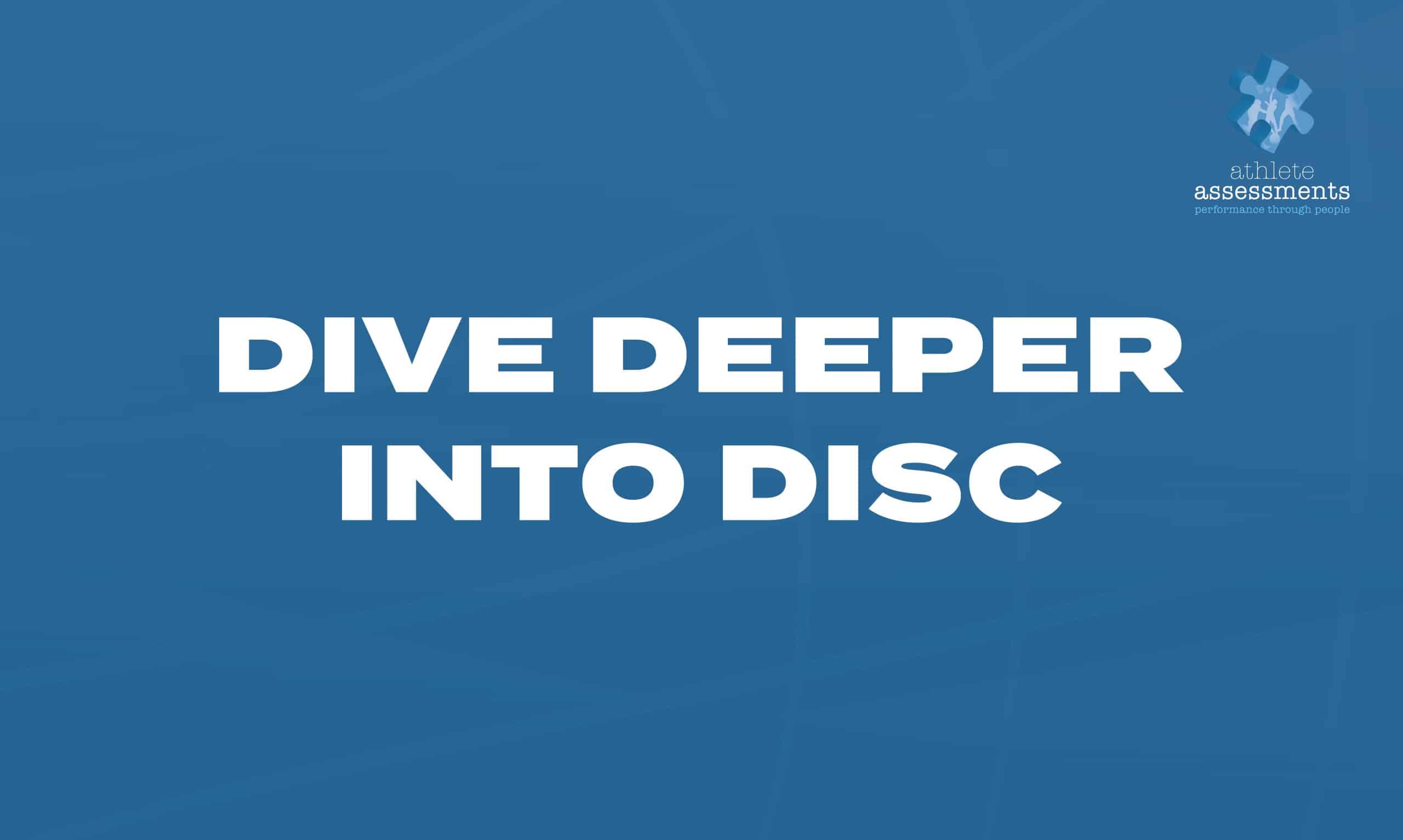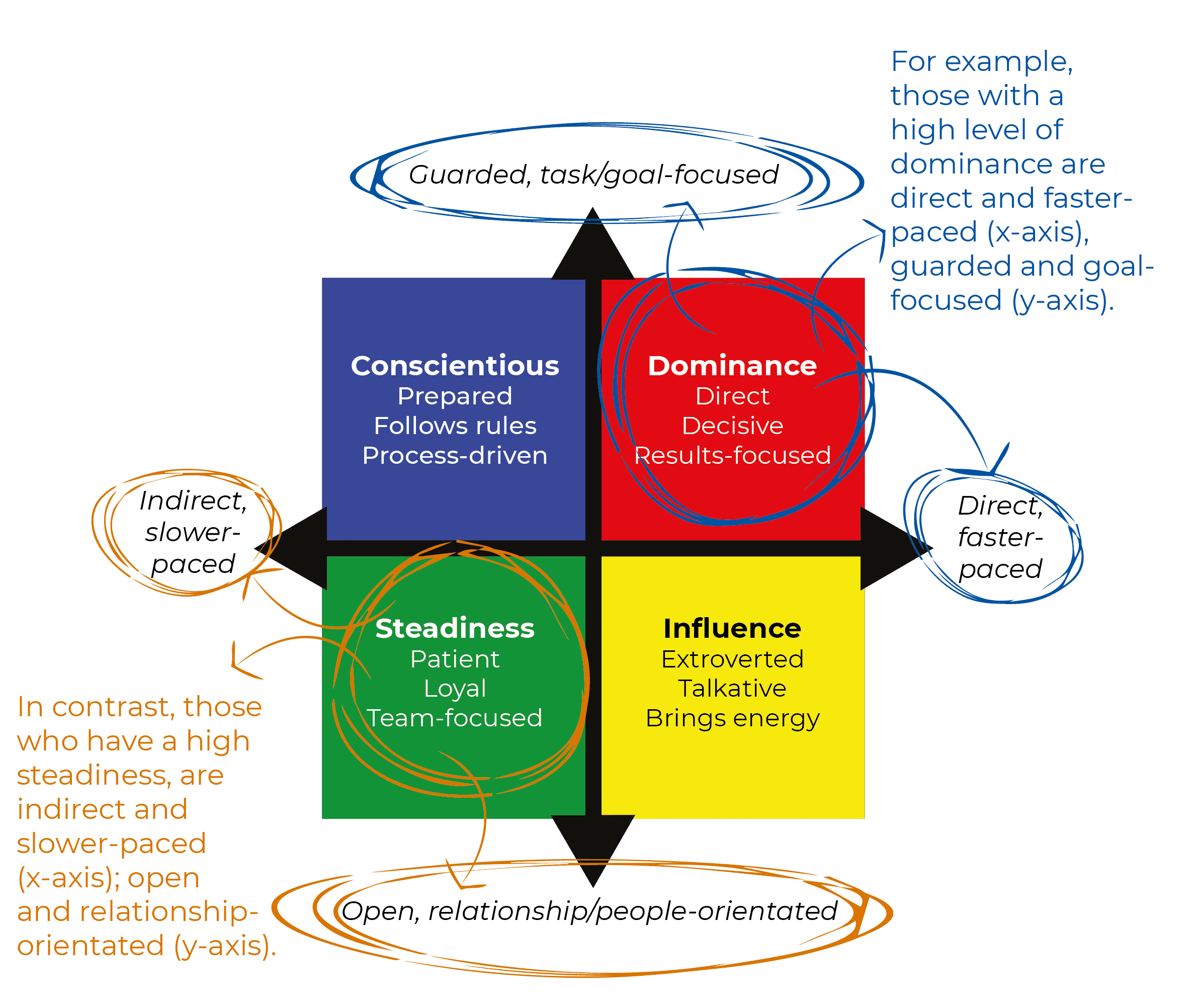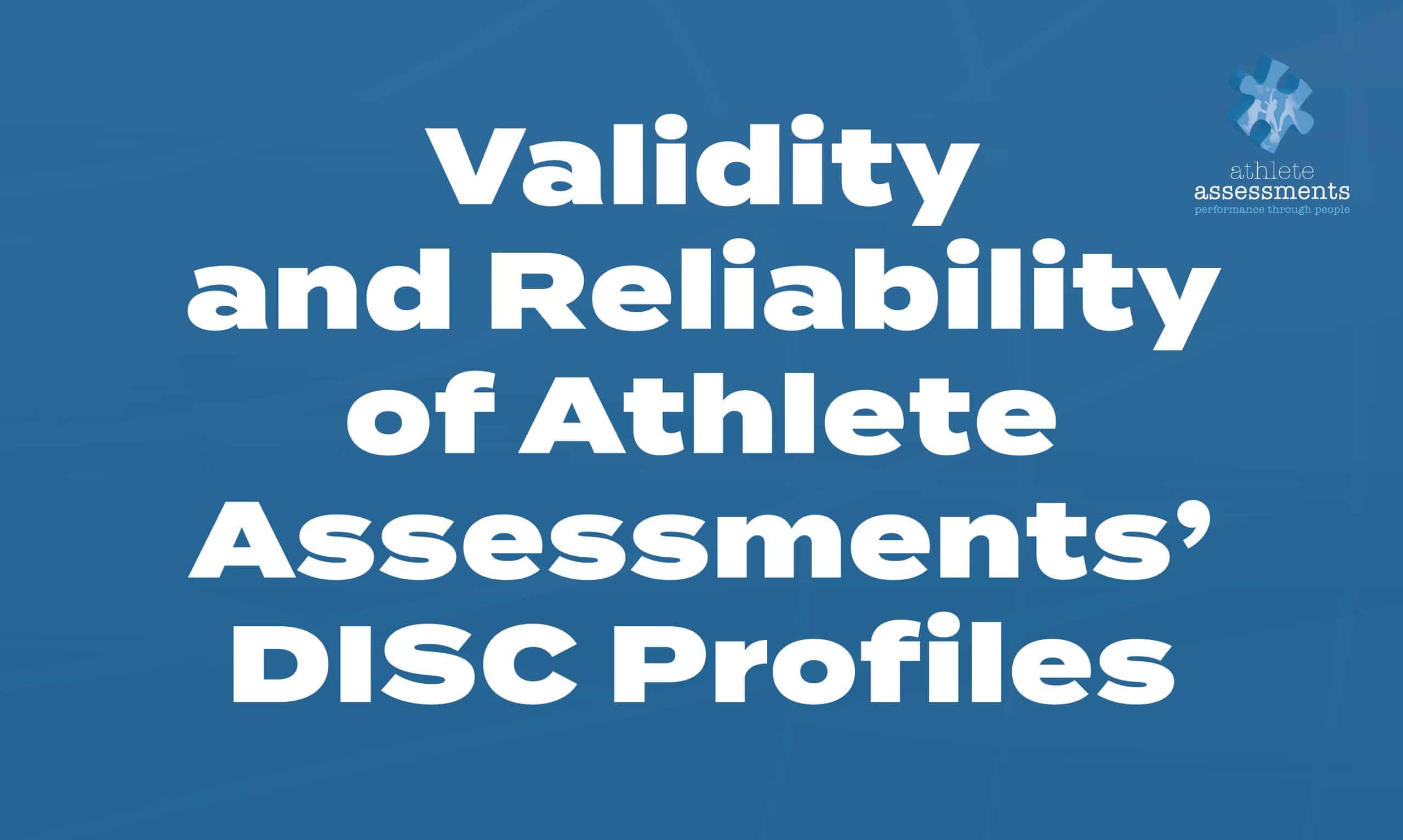Foundations of DISC Profiling
Now that you have learned about your individual DISC Profile, let's build on those foundations as we start to apply DISC to sport. These videos and activities will help you dive deeper into the other DISC styles and their similarities and differences ahead of commencing your first DISC Accreditation Consultation. Reviewing these materials will allow for your training consultations to be more tailored to your intended use and application of DISC.
Understanding the DISC Model
DISC measures the degree of Dominance, Influence, Steadiness, and Conscientious behavior. Everyone has their unique level of each behavioral style in the context of their role. The four-quadrant model explains the behavior of people with high degrees of D, I, S, and C. We will also look at how these behaviors combine as we move along.
Pace and Directness
Here’s how to identify behaviors in others based on their pace and level of directness.
Direct/Faster-Paced Behaviors
Frequently uses gestures and voice intonation to emphasize points, more likely to introduce self to others, frequent contributor in groups, less patient, expresses opinions readily, sustained eye contact.
Indirect/Slower-Paced Behaviors
Infrequent contributor in groups, reserves expression of opinions, more patient and cooperative, more likely to wait for others to introduce them, often makes qualified statements, infrequent use of gestures, little change in voice intonation.
Orientation and Openness
Look for these behaviors when working with others to determine their level of openness and focus.
Guarded/Task-Orientated Behaviors
Keeps feelings private, limited range of facial expressions, more formal and proper, avoids/minimizes physical contact, conversation stays on subject, speaks in specifics: cites facts and examples, goes with an agenda.
Open/People-Orientated Behaviors
Shows feelings and enthusiasm freely, more relaxed and warm, conversation includes digression, easy to get to know, initiates/accepts physical contact.
Watch the below video
to understand more about the DISC Model

Quick Recap
Faster-paced and more direct behavior coupled with a goal orientation and guarded manner will indicate a likely Dominance or ‘D’ Style.
Faster-paced and more direct behavior coupled with a people orientation and open manner will indicate a likely Influence or ‘I’ Style.
Slower-paced and less direct behavior coupled with a people orientation and open manner will indicate a likely Steady or ‘S’ Style.
Slower-paced and less direct behavior coupled with a task orientation and guarded manner will indicate a likely Conscientious or ‘C’ Style.

Statistical Validity and Reliability of Athlete Assessments' DISC Profiles
As you will know, the validity and reliability of an assessment tool is critically important. The only real way to judge the true quality of an assessment, is if it has been independently analyzed by a reputable expert. Below is an interview with the Assessment Standards Institute (ASI) who re-analyzed the validity and reliability of Athlete Assessments’ DISC Profiles, to ensure continued compliance with academic and industry standards. Access our validity report here.

